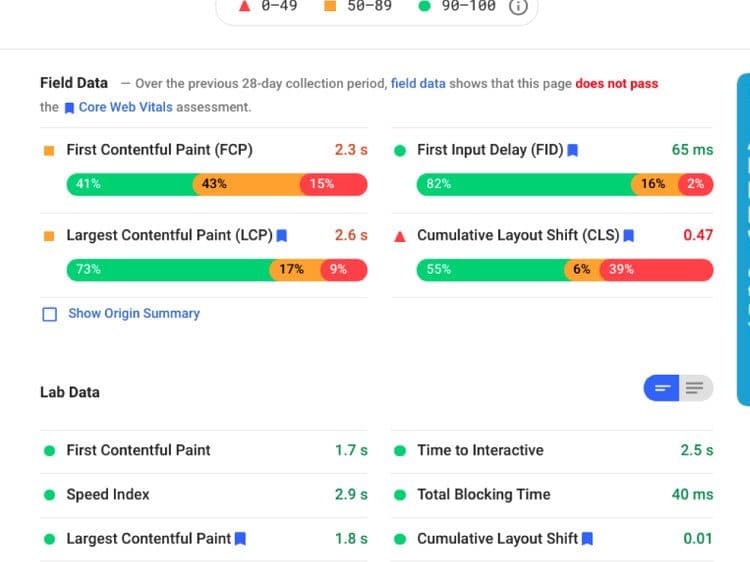Are Redirects Safe for SEO?
The only SEO-friendly redirect is the 301 (permanent) redirect, and webmasters should implement the 301 redirects on any page that is not under development. Old content should be redirected to the updated version if it sits, points to a sitemap page with navigation links, or to the homepage. As a last resort, it should point to a 404 page (Google does not like 404 errors).
Note that with a 301 redirect, you can retain the link equity (transfer page authority) to the new destination. If there is no redirect, the link equity is gone, and eventually, the page drops from the Google index. The 301 redirects should be done from page A to page B. Redirect chains of more than two pages (A to B to C) are bad for SEO as it looks like a spammer hides the real content and misleads visitors and search engines. 302 redirects are only viewed as a temporary solution when in development and not designed for content that needs to rank (bad for SEO).
Domain 301 redirects sit in the grey-hat SEO area. They may be beneficial for a while, but in the long-term, they will lose the link equity they pass and even harm the receiving domain or page. If the old domain has different content than the receiving page, it will have the above negative effects for both. Do not waste money in buying expensive, high-authority domains only to redirect them.









